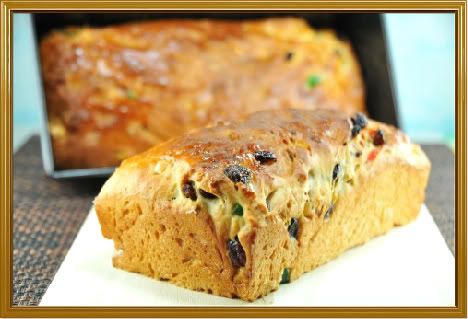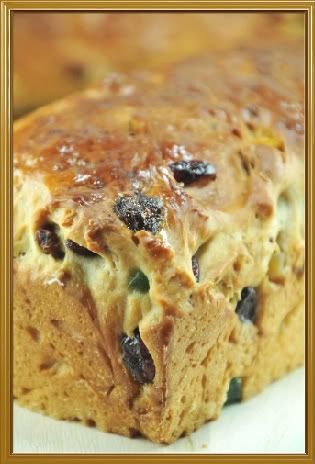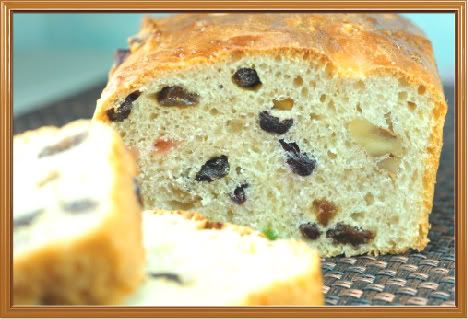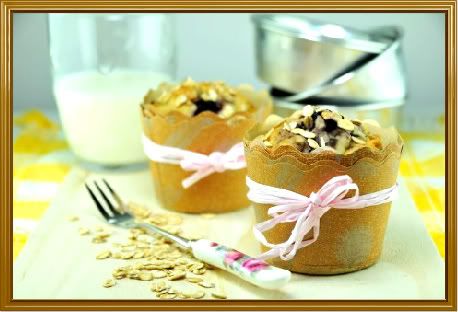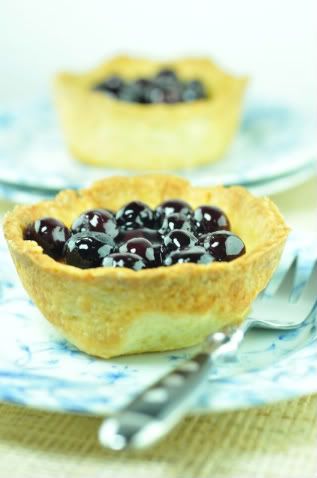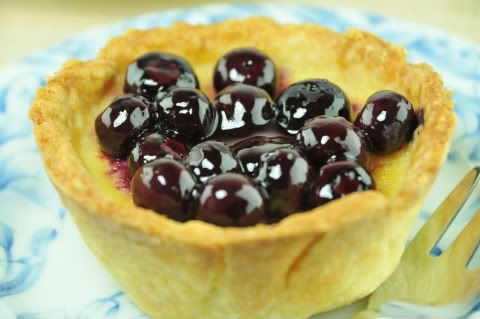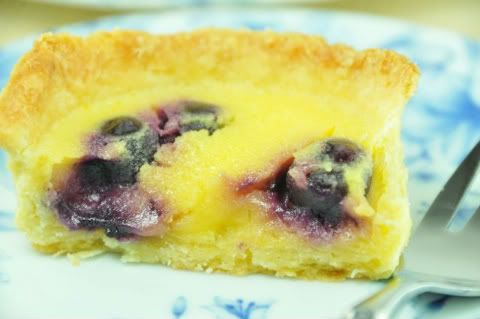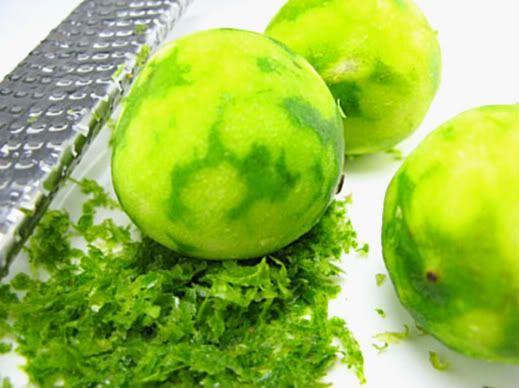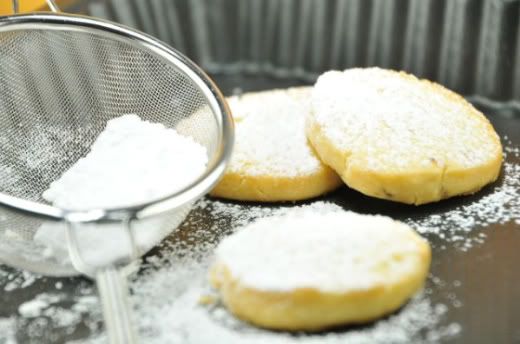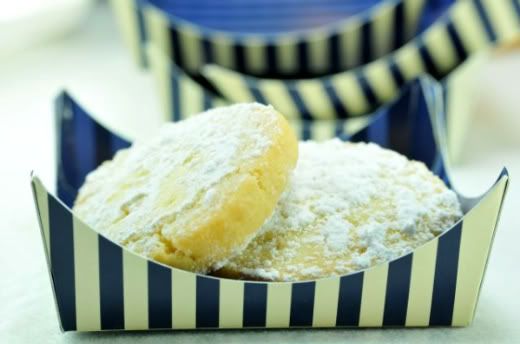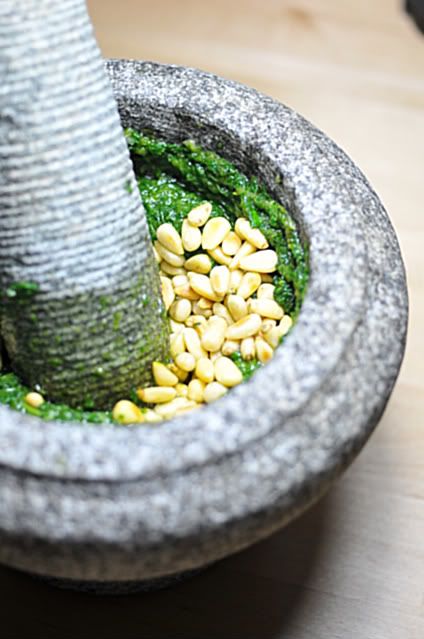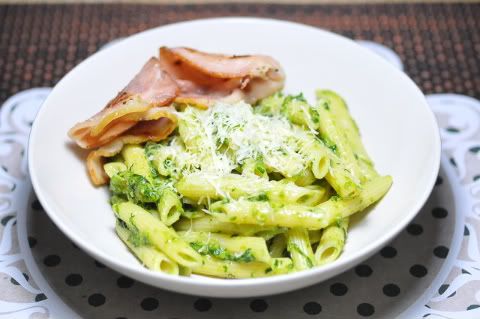Kitchen Flavours of Yummy Food
Pam of For the Love of Cooking
Ramya of Passion for Cooking – Memory Achieved
Now back to items at hand! I had been on a look out for a suitable quiche recipe for some time now. I wanted my first attempt at it to be a successful one (fingers crossed of course). I thus browsed through the many cook books I was able to get my hands on from the public library as well as expanding my search into cyber space. I'm basically a "sight" baker and cook. "Sight" in the sense that I am drawn to pictures of food that are beautifully photographed, lots of colour and great presentation. Even when buying cook books, the first thing that draws me are the photographs. I'm not sure if you are like me.
Anyway I finally settled on a combination of a few recipes for this particular quiche. I used a 7" tart pan and the remmant was used to fashion out 3" quiche tartlets. One thing great about quiche is that you can practically use any ingredients as the filling. And I do mean practically any. Just imagine the number of combinations you could conjure up. You could end up baking a quiche every other weekend of the year. By which time you're probably not want to look at a quiche for the rest of your life.
In case I forget to add my review on this recipe, it has the thumbs up both from myself and my hubby. We had it for our Sunday dinner with a side salad.


Mushroom, Zucchini and Bacon Quiche
Makes a 9" tart - serves 8
For the Shortcrust Pastry:
2 cups self-raising flour
2 Tbsp ice cold water
120g cold butter, cubed
2 Tbsp olive oil
salt and pepper
For the Filling:
3 Tbsp olive oil
200g streaky bacon, diced
1 cup fresh brown mushrooms, sliced thinly
1 cup zucchini, cubed
1 onion, finely chopped
6 - 7 baby tomatoes (sliced in half)
1/2 cup grated Parmesan cheese
250ml thickened cream
5 large eggs, lightly beatened
1 tsp of mixed Italian herbs
salt and pepper to taste
Method:
To make the Pastry:
1) Shift the flour into a bowl. Add in the cubed butter, olive oil, salt and pepper (to taste) and using your finger tips (or a pastry cutter) rub the mixture until it resembles a breadcrumb mixture.
2) Gradually add the ice cold water and mix into the crumbs until it the mixture comes together.
3) Knead until smooth but don't over handle the dough. Cover with plastic wrap and refrigerate for 30 minutes.
4) Preheat oven to 200°C. Roll the pastry out on a lightly floured surface and use it to line a 9 inche pie tin with removable base. Trim the edges.
5) Line the base of a tray with non-stick baking paper and fill with rice or baking beans. Place on the tray and bake for 15 minutes. Remove paper and rice.
6) Brush the pastry with a little of the egg mix and bake for another 15 minutes. Remove from oven and set aside. Then prepare the filing for the quiche.
To make the Filing:
1) Heat oil in a pan. Add the bacon and cook until lightly browned. Then add in the chopped onions and cook for about 5 minutes (until onions are transparent).
2) Throw in the vegetables. Cook for about 15 to 20 minutes until the vegetables are slightly soften.
3) In a separate bowl, whisk the cream and eggs together. Then add in the seasoning.
4) Spoon the vegetables into the partially baked tart. Then pour the egg mixture over the vegetables. Randomly spread the halfed tomatoes (faced down) over the tart. Then sprinkle the grated cheese on top of the quiche.
5) Bake for 30 - 40 minutes or until just set (test with skewer).
6) Serve warm on it's own or with a side salad.










